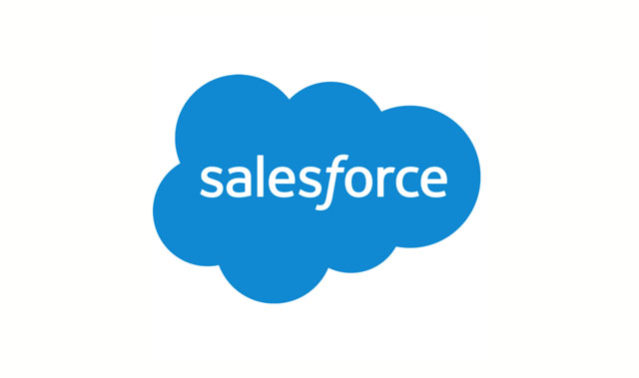Introduction to CRM
1
Why CRM?
2
Introduction to Cloud Computing
3
Cloud Computing – Overview
4
What is Software-as-a-Service (SAAS)?
5
What is Platform-as-a-Service (PAAS)?
6
What is Infrastructure-as-a-Service (IAAS)?
What is Salesforce.com?
1
Salesforce.com CRM Editions
2
Salesforce Architecture – Cloud Computing is a Better Model Multi-tenant
3
Salesforce Editions / Pricing
Salesforce.com Navigation – Overview
1
Salesforce Certifications
2
Certified Force.com Developer(401)
3
Certified Administration (201)
4
Certified Advanced Force.com Developer(501), etc.,
Database Introduction
1
Database Model – Object Creation
2
Salesforce Building Blocks
3
Standard Objects
4
Create custom Objects
5
CRM functionality in Salesforce and use of standard objects
6
Custom Objects Vs. Standard Objects
7
Create custom Fields
8
Create Custom Tabs
Types of Tab
1
Standard Objects – Account, Contacts, Leads, Campaigns, Opportunities etc.,
2
Custom object Tabs
3
Web Tabs
4
Visual force Tabs
Custom Application
1
Limitations
2
Field Creation and its Relationships. Different Datatypes
3
Standard Data types
- Text, Email, Number, Currency, URL, Text Area.
- Storage Limitations
4
Read only Data types
- Auto Number, Formula and Rollup summary
- Roll-up summary Operations
- Sum(), Min(), Max() and Count
Relational Data types
1
Lookup Vs. Master – Detail Relationship
2
Limitations
3
Required, External Id, Default Value and Unique fields
Salesforce Application elements
1
Home Page, Tabs, Tab Home Pages, Detail Page, Side Bar, Apps, Record
Page Layouts
1
Defining Page layouts
2
Field order changes
3
Adding custom buttons and links
4
Defining required and read only fields
5
Adding related list
Record Types
1
To create and maintain record types for your organization.
2
Display different page layouts and picklist values based on record types.
3
Uses of Record Types
Field Dependencies
1
Controlling field/Dependent field?
2
Making dependent pick list fields
3
Limitations
Validation Rules
1
Defining Salesforce Data Validation
2
Creating Custom Validation Rules
3
Validation Vs. Trigger
Workflow rules
1
Define workflow
2
Create Email template
3
Set up workflow rules
4
Set up workflow actions
Workflow Approval process
1
Plan approvals using workflow
2
Use the approval wizard – standard vs. jump start
3
Create workflow approvals
Email Templates
1
Email Templates – Sending Single emails and Mass emails.
2
Types of Templates – HTML (Using Letter Head) , Custom HTML (without using letter head), Visual force Email Templates
Data Management
1
Import Wizard Vs Data Loader
2
Importing Overview
3
Exporting Overview
4
Import custom object records using the Data Loader
5
Use mass delete
6
Use storage
Personal Setup
1
Managing Personal Information
2
Password Reset
3
User Management Overview
4
Roles, Users, Profiles
User Roles and Profiles
1
Creating Users
2
User Licenses Overview
3
Understanding Record Ownership and Access
4
Role Hierarchy
5
Profiles
- Overview and different profiles
- User Permissions
Security
1
Managing the Users
2
Set Organization Wide Defaults (OWD)
3
Object-level Security
4
Field-level Security
5
Record-level Security
6
Sharing Rules
- Define Sharing rules
- Discuss about types of sharing rules
Reports
Be the first to add a review.
Please, login to leave a review




